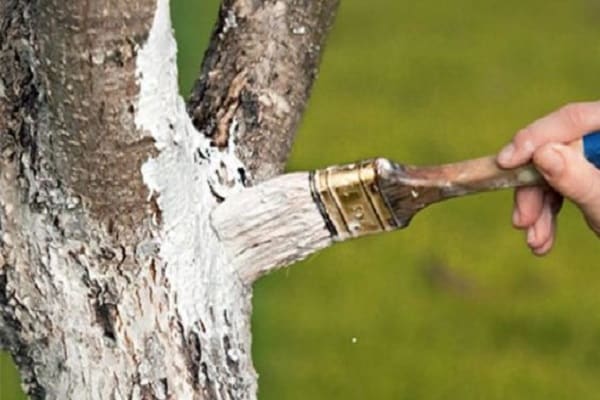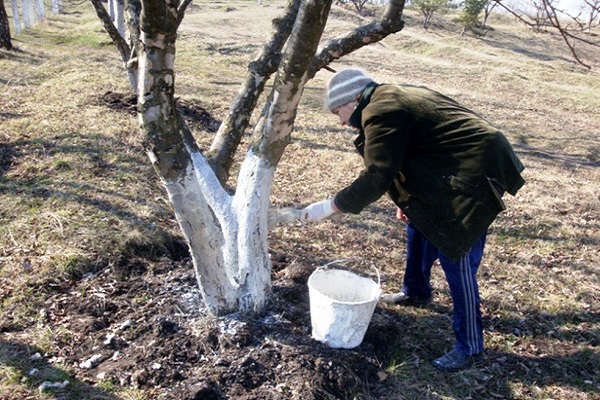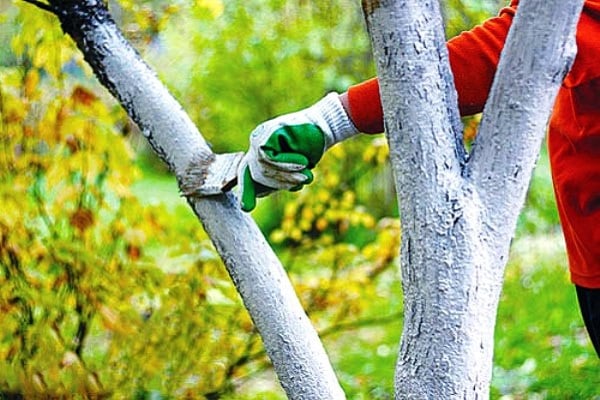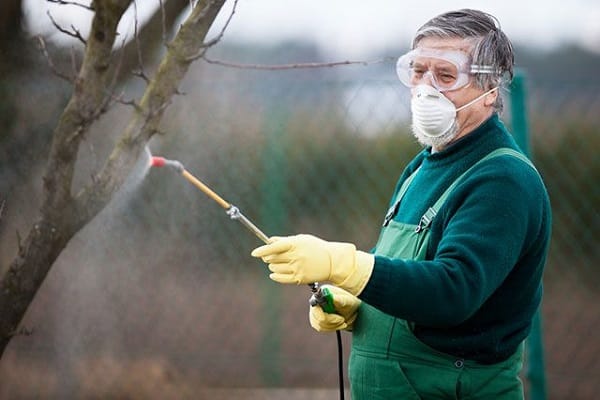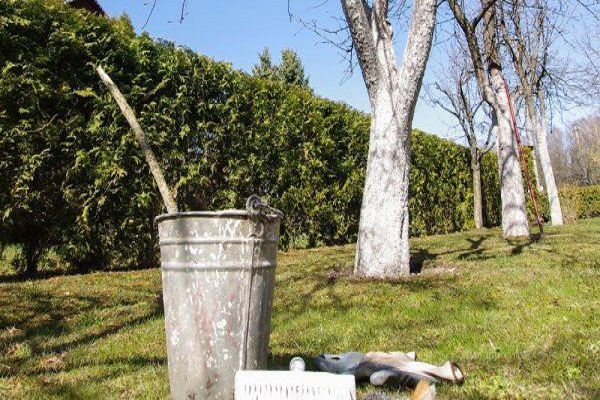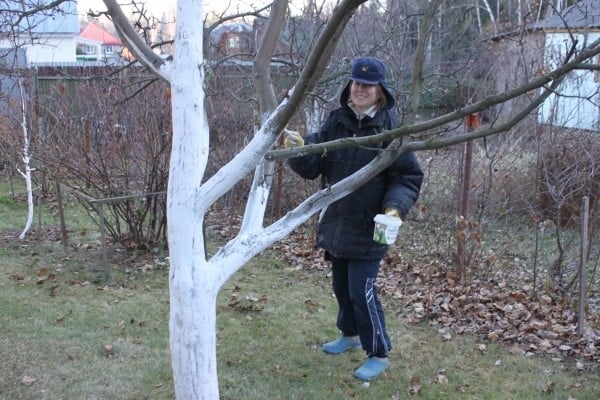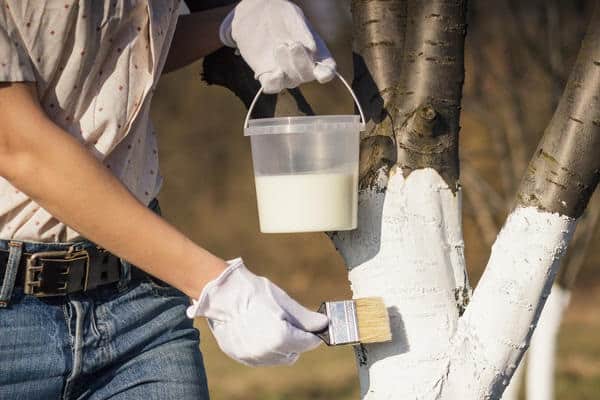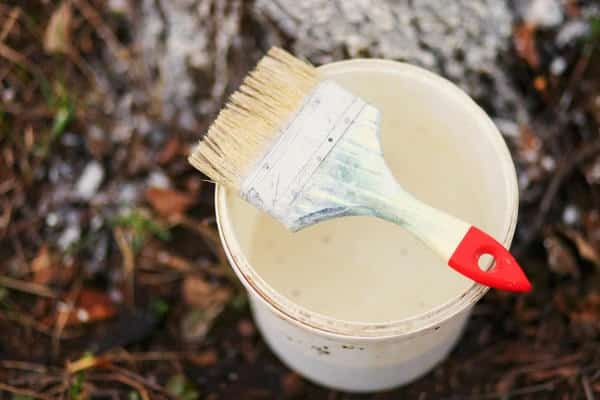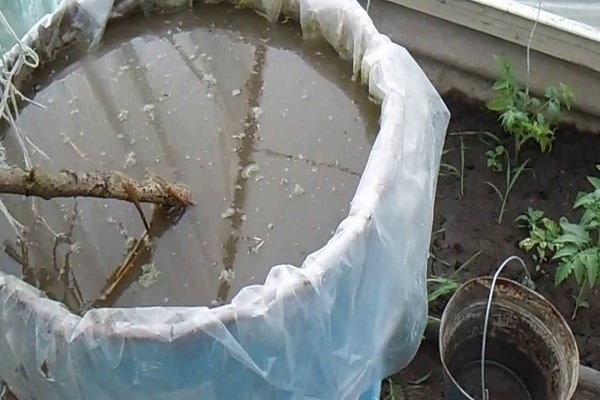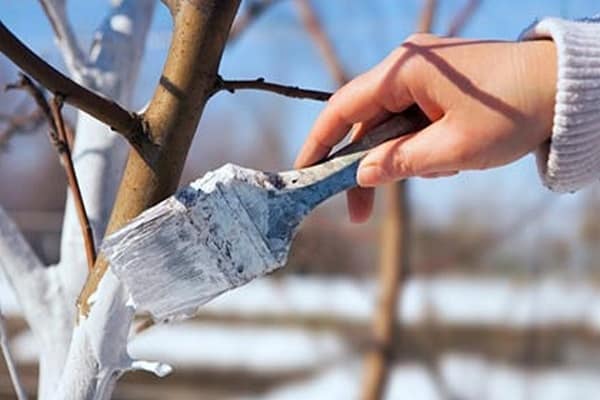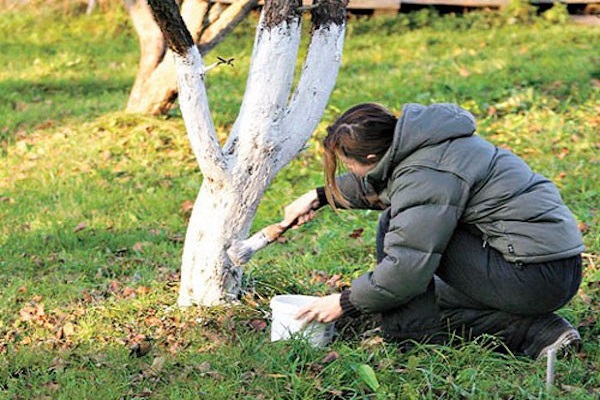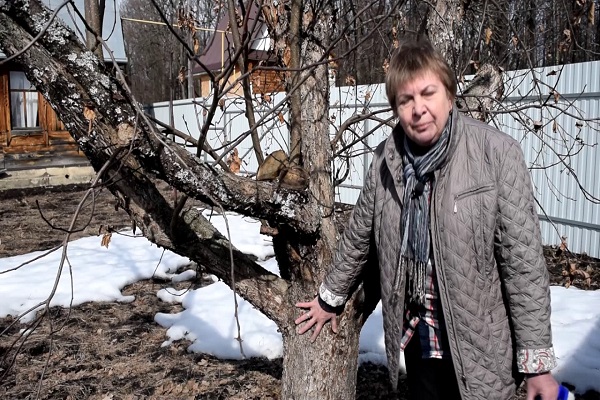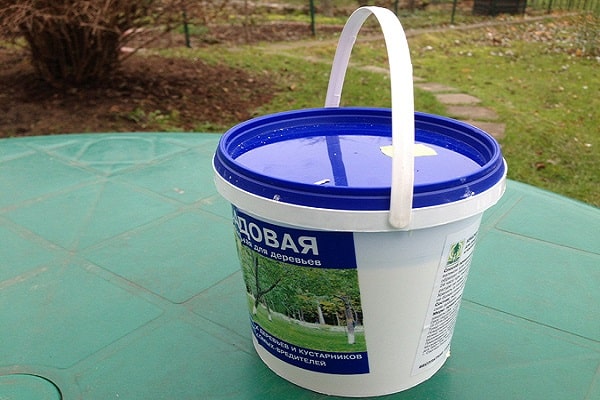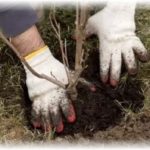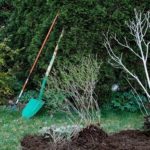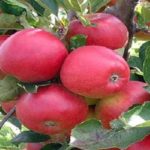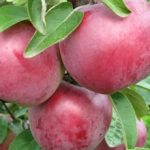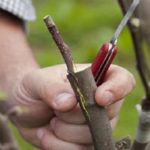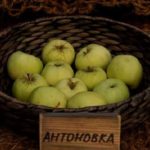In order for fruit trees to produce a good harvest, they require care. An important step in maintaining the health of garden inhabitants is whitewashing. It makes it more elegant and beautiful and protects it from diseases, pests and unfavorable climatic factors. Next, we’ll look at how to properly whitewash apple trees and is it necessary at all?
Do you need to bleach apple trees?
Fruit trees, including apple trees, need whitewashing.Applying a light composition to the bark in the spring will protect against injury due to the bright sun. Tree trunks are dark in color, so they heat up significantly during the day. At night in spring, the air temperature drops noticeably. Because of this difference, the bark cracks. Infections and insects will quickly get into these cracks, leading to disease and death of the plant. Bleached trunks will reflect light, heat up less, and will not crack. Such protection is needed for both young and old plants.
Important! Painting trunks with whitewash in the fall is a pest control measure. Various insects inhabit the bark for the winter. With the help of whitewashing, trees are disinfected from adult insects, larvae, eggs, and pupae.
Age of wood for whitewashing
Not all apple trees are whitened. Very young people are not subjected to this procedure. They are only wrapped for wintering, but without plastic film. Sometimes whitewashing is still carried out, but with a weak, gentle chalk solution. Lime will burn the tender bark and should not be used on young animals. It is better to use woven materials, burlap. When the tree begins to bear fruit, it should be whitened. After this, whitewashing is carried out annually.
When is the best time to bleach apple trees?
The most common option is spring whitewashing of trees, but experienced gardeners carry out this procedure at least twice: in spring and autumn. The weather for work must be dry, so that the composition is not washed away by rain immediately, so that it is firmly attached to the bark.
Autumn whitewashing is carried out in October or early November. If the trees were not painted for the winter, then the deadline for spring painting should be postponed to February. If the apple trees overwintered under protection, then they are whitened in March or April. In May it is too late to bleach apple trees.
If the solution has managed to wash off the tree after spring whitewashing, then the protective procedure can be additionally carried out in the summer.
How to prepare wood for whitewashing?
To apple tree processing had an effect, it is important to properly prepare them for such a procedure. It includes three mandatory steps.
- Cleaning. The trunks of apple trees are removed from old bark, which is especially generously covered with lichens. Large segments are removed with a spatula or wooden spatula. Final cleaning is carried out with a wire brush. This procedure is best done after rain or when there is high humidity. Then the bark will be easier to remove. Removed parts must be burned to prevent the spread of infections and garden pests. For convenience, you can spread an oilcloth around the tree before cleaning.
- Disinfection. This stage of preparation for whitewashing is best done in dry weather so that rain does not wash away the disinfection solution. It can be done in several ways. You can spray the apple tree with a spray bottle with a solution of copper sulfate, paying special attention to the damaged areas. You can also wash the barrel with a solution of ash or ash with laundry soap. The main thing is to work with gloves. To do this, dissolve 2 kg of wood ash and a bar of laundry soap in a bucket of water.
- Covering wounds. After removing the old bark, cracks, depressions, and wounds may remain on the trunk of the apple tree. They must not be left open. Such recesses should be covered with clay mortar or special garden putty. A good protective agent is a mixture of manure and clay diluted in water. Only after these three stages can you begin to whitewash the apple trees.
Popular solutions and their preparation
Various compositions are used for whitening apple trees. But more often lime is used for this purpose.In cases where treatment of young trees is required, experts recommend replacing it with chalk.
Dye
Whitewashing with paint gives reliable long-term results. Use water-based varieties or acrylic ones. Water-based paint adheres well to the trunk and perfectly reflects the sun's rays, but does not have a pronounced disinfecting effect; it is more suitable for spring. Acrylic paint reliably protects the apple tree from pests, including fungal infections. No additional ingredients are required. The disadvantage of this procedure is its significant cost.
Lime
This is one of the most popular tree care substances. It is easy to use and lime is inexpensive. To make it better fixed to the trunk, you can add a little clay. It will add viscosity to the solution.
There is no point in whitening trees simply with “white water” with a low concentration of lime, it will quickly wash off, and you will have to paint the garden more than once.
The treatment solution is prepared with the following proportions:
- water - 4 liters;
- lime - 600 g;
- milk - 1 cup or instead PVA glue - 4 tbsp. spoons.
Stir all components well until smooth. To enhance the disinfecting effect, it is good to add another 2 tbsp to this mixture. spoons of copper sulfate. This will protect the apple trees from many diseases. You can replace copper sulfate with iron sulfate. But copper preparations should not be used too often, as it will accumulate in the soil and inhibit tree growth.
Other
In addition to paint and lime, clay and mullein can be used to whitewash apple trees. The first option is an excellent thermal insulation material that protects trunks from excessive heating or hypothermia, as well as from exposure to strong winds. This natural material does not block the pores of the wood, it can breathe.
The mullein solution, due to its adhesive ability, reliably fixes the mixture on the trunk. It also acts as a kind of fertilizer. To prepare the mixture, 2-3 kg of clay is mixed with 10 liters of water, then mullein is added until the mixture reaches the required consistency.
How to whiten an apple tree correctly?
The composition is applied using a regular brush to previously prepared (cleaned) apple tree trunks. The composition should evenly and completely cover the wood, without gaps. If the apple tree is mature, then the brush should be wide. If desired, you can use a spray gun, but in this case the consumption of white will be wasteful.
The height to which the white level should reach is at least 1.5 meters; it is better to paint apple trees at 2 meters. You can whitewash the trunk up to the first skeletal branch, as well as part of the branches up to their third part or even half.
You should also rake the soil at the base of the tree and paint it down 4-5 cm. After the protective layer has dried, the soil should be returned to its place.
To prevent the autumn whitewash from being immediately washed away by rain, you should protect the tree by surrounding it with a polypropylene bag. It is important to choose them white.
This material will reliably protect the barrel from moisture, but will not prevent air penetration. The trunk of the apple tree must be wrapped first with a thick rope and then with a bag. This will create an air gap. The product is fixed until spring. When the threat of severe frost has passed, it is removed.
Common Mistakes
Whitewashing will not bring the desired results if done incorrectly.
Here are the main mistakes that inexperienced gardeners make:
- Low whitewashed trees, at a distance of about half a meter. The minimum level of whitewashing should be 1.5 meters.
- Very young apple trees are not bleached or treated for pests at all, since there are no cracks on their trunks. Alas, young seedlings are very susceptible to diseases and pest attacks. They are best treated with chalk solution.
- Treatment of young seedlings with the same solution as for old trees. This is the wrong approach, since young plants have very thin and delicate bark; it will not withstand the aggressive effects of lime.
- Using too thin a consistency for whitewashing. In this case, the product will be easily washed off by the first rain or the bark will be visible from under it. Such whitewashing is of very little use, so you should not save.
- Whitewashing trees with too thick a composition. This is just as bad as a very thin layer. When the thickness of the white coating is more than 3 mm, they will begin to crack.
- Carrying out whitewashing of trunks without preliminary cleaning. This treatment will protect against temperature changes, but not against pests. But it is important not to injure the wood when stripping, otherwise this procedure will do more harm than good.
- Use only spring whitewash. This is better than not whitewashing the trees at all. But their reliable protection from negative factors can only be ensured by whitewashing twice - in spring and autumn.
- Failure to comply with work deadlines. For the winter, apple trees should be whitened only when they have completely lost their leaves before the onset of frost. In spring, it is important to have time to whiten the trees before the new foliage appears.
- Gray color of the protective layer after drying. If it so happens that the whitewash has been absorbed, it is necessary to apply another protective layer.
- Long-term storage of the prepared solution. It is necessary to mix the components before carrying out work.If the lime mortar sits for several days, it will lose its protective properties.
Whitewashing apple trees is a simple procedure. But it should be done regularly. This ensures that the trees in the garden will always be healthy and will delight you with a bountiful harvest.


